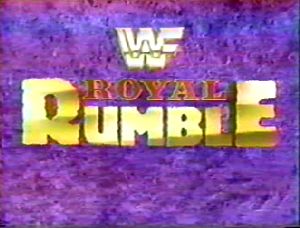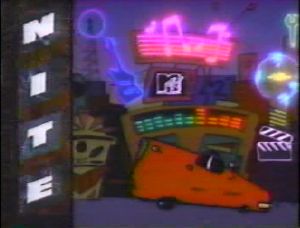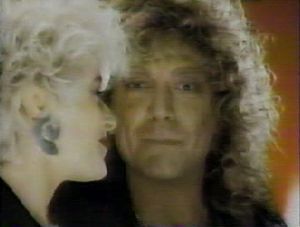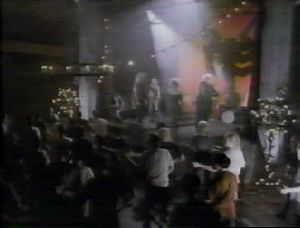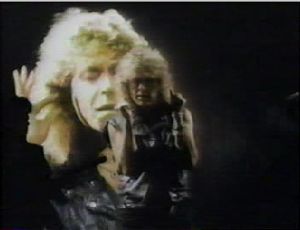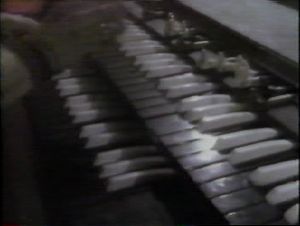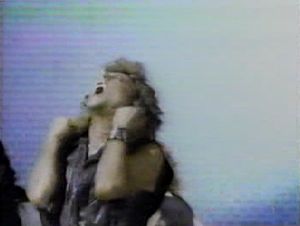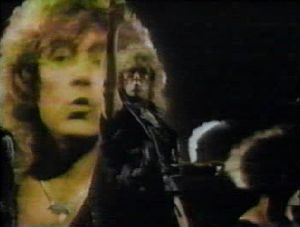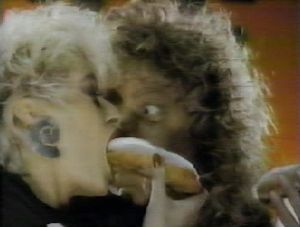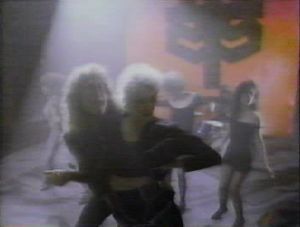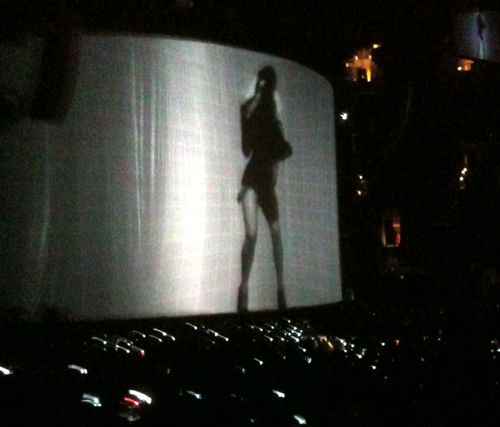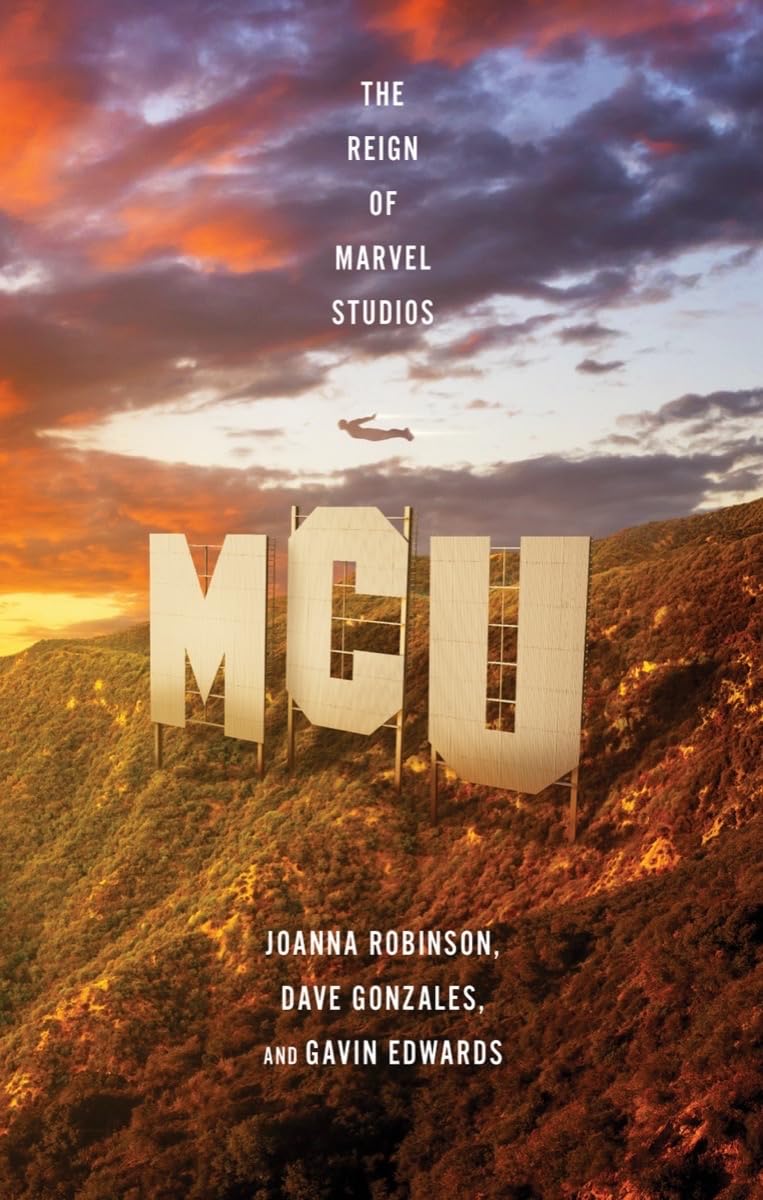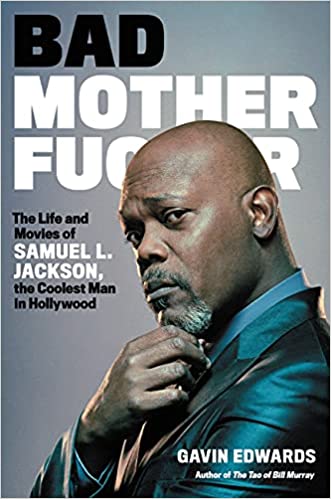(New to the countdown? Catch up here.)
 We come back from the commercial break to an interview clip of Mr. Edward Mahoney, better known to you and me as Eddie Money. “I like making videos,” he says, “because it’s an extension of the artist’s personality and, you know, like, on the radio, you don’t really get to see what the artist is going through.” Money is wearing a black-and-white button-down shirt and a digital watch. “You know, if you want to, you know, put a little direction into what you’re doing, I mean, it’s great for people to see what you do and it’s a lot of fun, videos. Videos have always been good for me–” Money keeps talking, possibly even saying “you know” again, but the volume gets turned down abruptly on him and we cut to Adam Curry in the MTV studio.
We come back from the commercial break to an interview clip of Mr. Edward Mahoney, better known to you and me as Eddie Money. “I like making videos,” he says, “because it’s an extension of the artist’s personality and, you know, like, on the radio, you don’t really get to see what the artist is going through.” Money is wearing a black-and-white button-down shirt and a digital watch. “You know, if you want to, you know, put a little direction into what you’re doing, I mean, it’s great for people to see what you do and it’s a lot of fun, videos. Videos have always been good for me–” Money keeps talking, possibly even saying “you know” again, but the volume gets turned down abruptly on him and we cut to Adam Curry in the MTV studio.
 Curry touts Money’s Nothing to Lose album and says “A big cleanup year for him. He’s off the booze, off drugs–these are his own words, by the way. And he’s just settling down, getting to know his wife better than he’s ever known her before.” Curry seems pleased by this, even though it evokes the newly sober Money waking up one morning and saying to his wife, “What was your name again, darlin’?”
Curry touts Money’s Nothing to Lose album and says “A big cleanup year for him. He’s off the booze, off drugs–these are his own words, by the way. And he’s just settling down, getting to know his wife better than he’s ever known her before.” Curry seems pleased by this, even though it evokes the newly sober Money waking up one morning and saying to his wife, “What was your name again, darlin’?”
The “Walk on Water” video begins with a beautiful brunette model slowly walking towards the camera, running her hands through her hair like she’s worried it might not be there. At first glance, she appears to be soaking wet, but it’s a carefully constructed illusion: she’s in a flimsy top that looks moist on-camera, plus she’s in front of a stone wall that’s got water running down it. The model, deciding that her hair is still attached to her scalp, crosses her arms and looks off into the distance, wondering when her next cigarette break is.
 The synth-heavy intro concludes: the song begins to “rock out” and we cut to Eddie Money’s drummer, who is obscured behind a black scarf, suggesting that he’s unbelievably ugly. We pan left, and discover that he’s a good-looking guy–much more attractive than Money, actually. Oh, right, that’s the other reason he’d be hidden.
The synth-heavy intro concludes: the song begins to “rock out” and we cut to Eddie Money’s drummer, who is obscured behind a black scarf, suggesting that he’s unbelievably ugly. We pan left, and discover that he’s a good-looking guy–much more attractive than Money, actually. Oh, right, that’s the other reason he’d be hidden.
 There’s a funky strobe effect: in a quick cut, we learn that this is because there’s a welder plying his trade right next to the band, throwing off sparks. Really? The director, whoever he was, wins the countdown’s prize for “most random way to add gratuitious visual excitement to a video.”
There’s a funky strobe effect: in a quick cut, we learn that this is because there’s a welder plying his trade right next to the band, throwing off sparks. Really? The director, whoever he was, wins the countdown’s prize for “most random way to add gratuitious visual excitement to a video.”
Cut to Money, pumping his fist. He’s wearing a striped black-on-black t-shirt underneath a suit jacket. He’s carrying some extra pounds, a surprising percentage of them in his mullet. I once described him in print as “a likeable meathead of a rock star,” and there’s nothing going on here to make me reconsider that.
Money’s got six other white-bread guys in his band; they’re performing in a faux warehouse underneath an array of aluminum girders. The director frantically pans around the band, trying to goose the energy. The welder keeps on welding, earning union rates. The director falls back on the traditional method of distracting from musicians without visual appeal: the pretty girl. In three quick cuts, we see the model check her hair again (it’s still there), crouch down, and whip her hair around.
 “Well, I’m no angel now, I’ll admit,” Money sings, showing a shaky grasp on Christian theology; it was Jesus Christ who walked on water, not the angels. “I made a few bad moves I’ll soon regret,” Money continues, pointing to himself on “I’ll,” which is an odd emphasis, whether you’re judging by rhythm or meaning. I guess he couldn’t figure out a hand gesture for “regret.”
“Well, I’m no angel now, I’ll admit,” Money sings, showing a shaky grasp on Christian theology; it was Jesus Christ who walked on water, not the angels. “I made a few bad moves I’ll soon regret,” Money continues, pointing to himself on “I’ll,” which is an odd emphasis, whether you’re judging by rhythm or meaning. I guess he couldn’t figure out a hand gesture for “regret.”
 Back to the model: in closeup, she’s talking, and then she’s crying, not profusely but believably enough that whatever acting classes she was taking were worth the money. Then we see her outside wearing a bikini top, a short skirt, and a flimsy shawl. Unfortunately, the location is an industrial pier, which makes the outfit more redolent of prostitution than I think was intended. It’s a sad thing when love for Eddie Money makes a girl work the docks.
Back to the model: in closeup, she’s talking, and then she’s crying, not profusely but believably enough that whatever acting classes she was taking were worth the money. Then we see her outside wearing a bikini top, a short skirt, and a flimsy shawl. Unfortunately, the location is an industrial pier, which makes the outfit more redolent of prostitution than I think was intended. It’s a sad thing when love for Eddie Money makes a girl work the docks.
We hit the chorus, which Money sings while balancing on the balls of his feet. This is a competent chugging midtempo rock song, clearly designed as a follow-up to his biggest hit, 1986’s “Take Me Home Tonight”–but without Ronnie Spector adding some juice, it’s all very generic. Money has terrible posture; I get the impression he’s over six feet tall and is slouching into his microphone. I think he’s also chewing gum.
 The director keeps cutting between Money and his unthreatening band (look, one guy has a ripped knee in his jeans!) and the model: lying on a bunk in the warehouse, standing in front of the wet wall, posing outside in a flowing polka-dotted outfit. She’s pissed, shouting at someone behind the camera (the gaffer, maybe?). We’re treated to more shots of her looking annoyed, in different revealing outfits. In the one with the white shorts that look unfortunately diaperish, she executes a high kick that destroys a fluorescent light, glass shattering everywhere. She then shouts at the gaffer like it’s his fault.
The director keeps cutting between Money and his unthreatening band (look, one guy has a ripped knee in his jeans!) and the model: lying on a bunk in the warehouse, standing in front of the wet wall, posing outside in a flowing polka-dotted outfit. She’s pissed, shouting at someone behind the camera (the gaffer, maybe?). We’re treated to more shots of her looking annoyed, in different revealing outfits. In the one with the white shorts that look unfortunately diaperish, she executes a high kick that destroys a fluorescent light, glass shattering everywhere. She then shouts at the gaffer like it’s his fault.
Money keeps on rocking, with the equanimity that comes from being a former New York City cop–he’s seen crazier girls on the city’s docks than this. He clenches his fists a lot. The welder, of course, keeps on welding. He’s getting time and a half now.
 The model, outside again, pouts and walks around the pier with a sheepskin jacket over her shoulder. Money swings the microphone like a very short baseball bat. The drummer spins his sticks. The model, back in polka dots, grins. The video is telling the story of a tempestuous relationship: the viewer meets a pretty girl; that girl turns out to be crazy and has a fight with the viewer for no apparent reason; but then she smiles and makes nice. To represent hot makeup sex, she changes into a red polka-dot swimsuit and pirouettes. Money, meanwhile, does a lot of emphatic pointing, which apparently is what he meant by, you know, putting a little direction into his videos.
The model, outside again, pouts and walks around the pier with a sheepskin jacket over her shoulder. Money swings the microphone like a very short baseball bat. The drummer spins his sticks. The model, back in polka dots, grins. The video is telling the story of a tempestuous relationship: the viewer meets a pretty girl; that girl turns out to be crazy and has a fight with the viewer for no apparent reason; but then she smiles and makes nice. To represent hot makeup sex, she changes into a red polka-dot swimsuit and pirouettes. Money, meanwhile, does a lot of emphatic pointing, which apparently is what he meant by, you know, putting a little direction into his videos.
“Walk on Water” hit #9 on the singles chart. You can watch the video here.
posted 17 December 2010 in 1988. 4 comments
 I recently interviewed Gregg Allman for the second time; the first time was back in 1999, when I trailed him around the United States and wrote an epic history of the Allman Brothers Band. This time was just a phone conversation, but Allman was in good spirits (and recovering nicely from his liver transplant). “When I went down for the transplant,” he told me, “I didn’t take my computer down there with me. When I got back, I had 1,118 emails. I just leaned on the old barrel button, and they went in the barrel. But you never know when there’s gonna be a message from some great babe that you haven’t heard from in years, right?
I recently interviewed Gregg Allman for the second time; the first time was back in 1999, when I trailed him around the United States and wrote an epic history of the Allman Brothers Band. This time was just a phone conversation, but Allman was in good spirits (and recovering nicely from his liver transplant). “When I went down for the transplant,” he told me, “I didn’t take my computer down there with me. When I got back, I had 1,118 emails. I just leaned on the old barrel button, and they went in the barrel. But you never know when there’s gonna be a message from some great babe that you haven’t heard from in years, right?

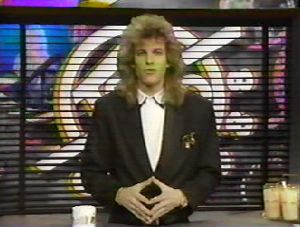
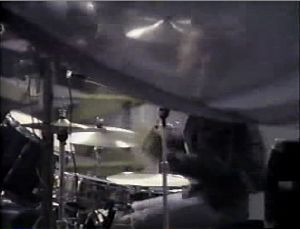
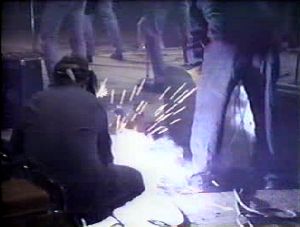
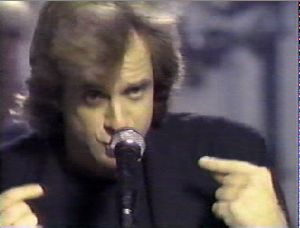
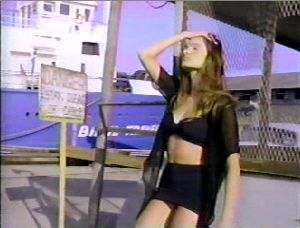
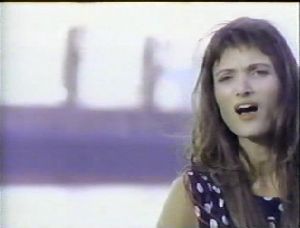
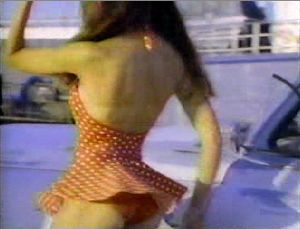

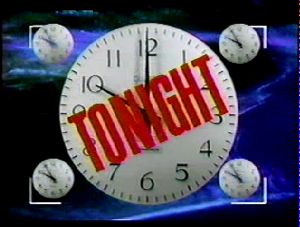
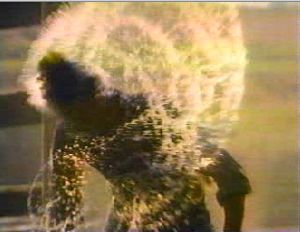

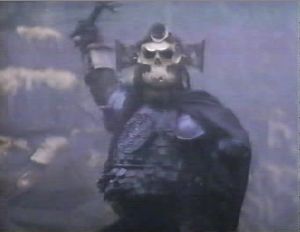
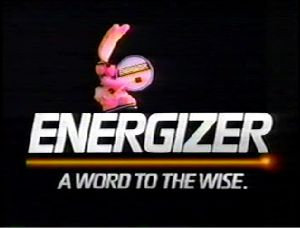 Again
Again